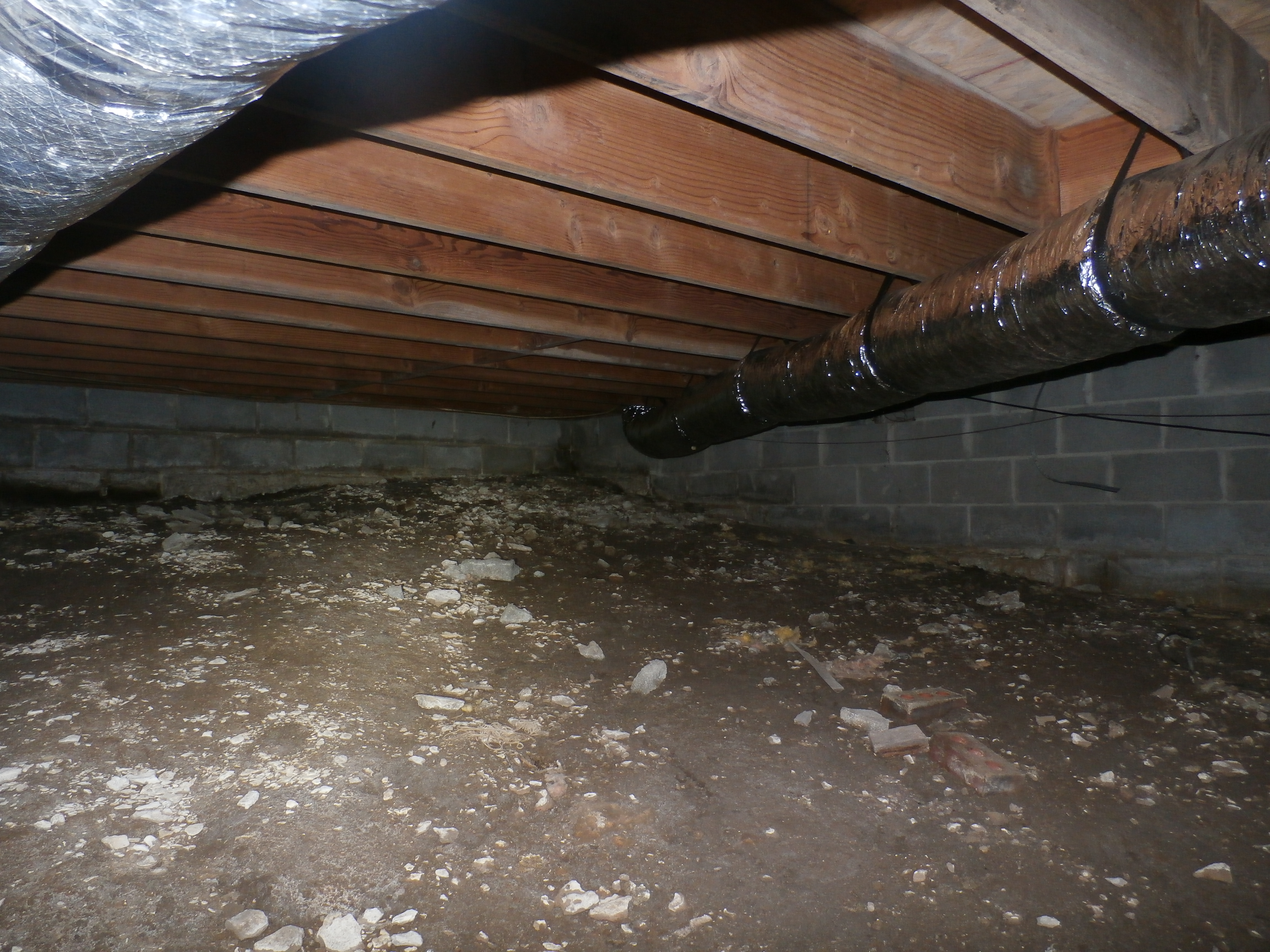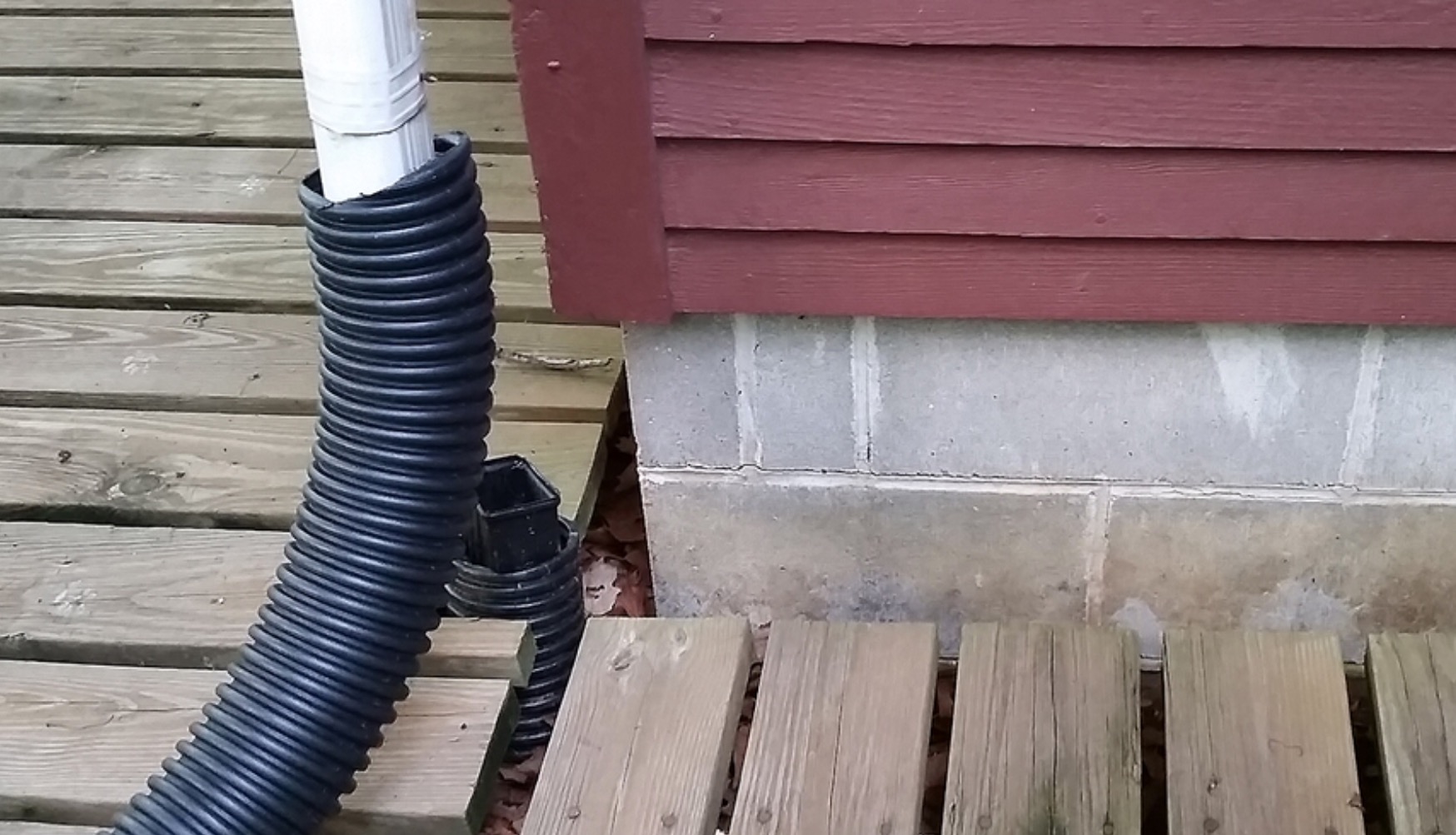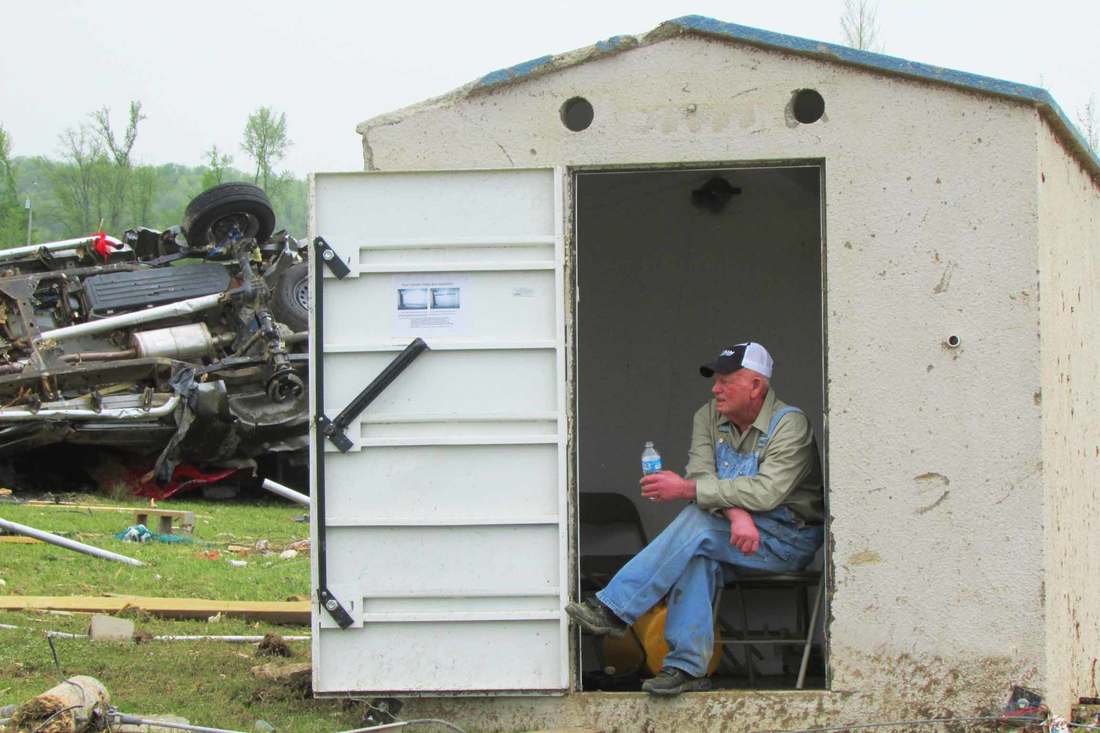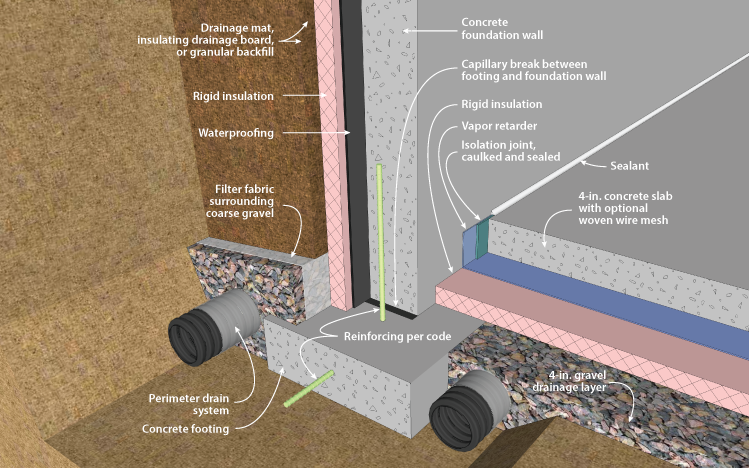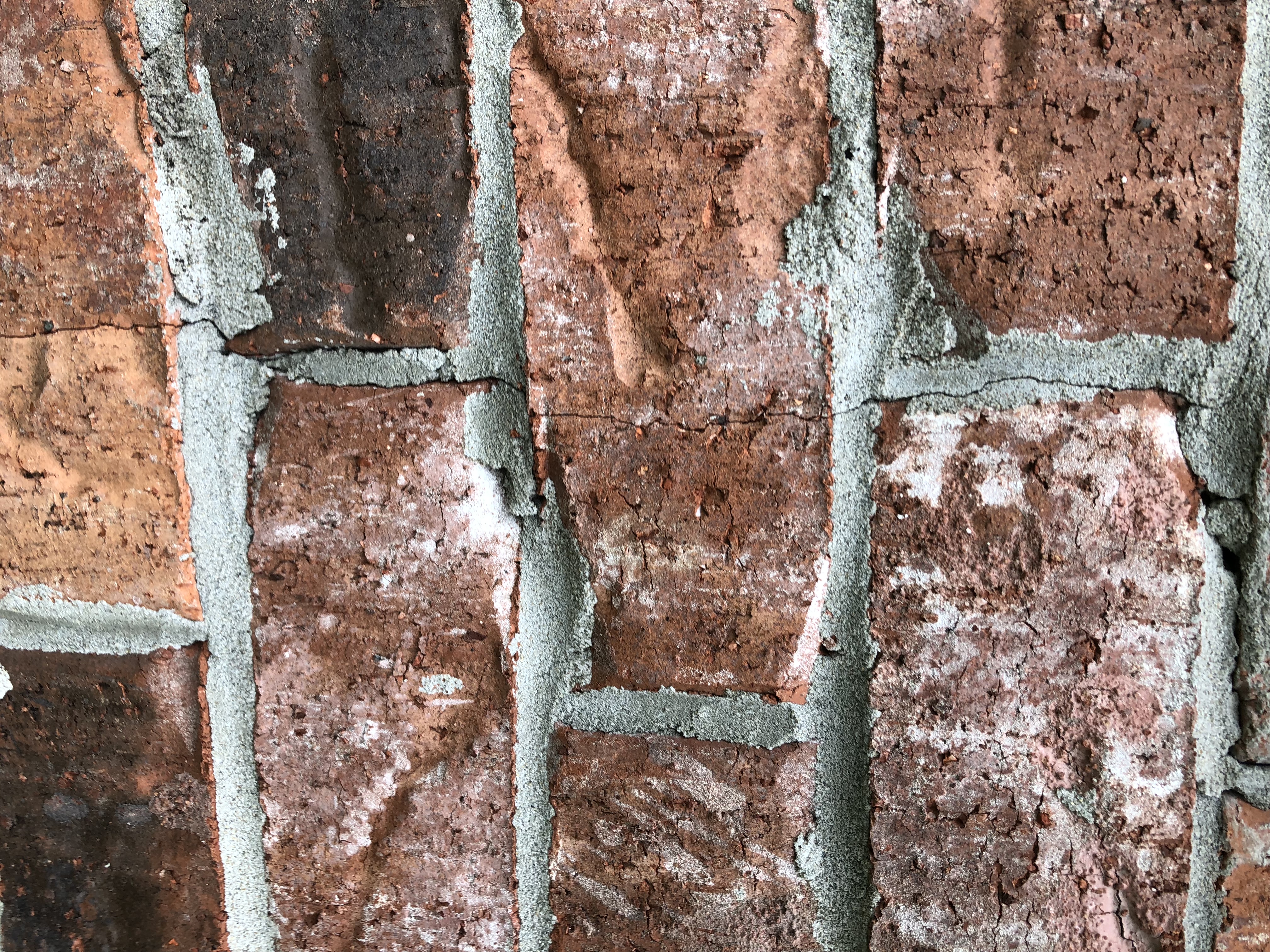Housewrap is a protective barrier installed on exterior walls before the siding is attached. The main benefit is that it blocks liquids from penetrating to the interior spaces, but allows vapor to pass from interior to the exterior. It is essential that material be properly installed -with adequate overlaps and also must cover sill plate and foundation joint.
here we will discuss missing structural column or post footing and piers ,missing lally columns that were removed during remolding ,use of temporary columns and jackposts ,improper bearing support at lally and teleposts.we include photographs of structural column mistakes.we explain how to evaluate rust damage to steel columns ,post, ajustable columns in homes.

the larger diameter post bottom to be placed up against a steel plate and against the underside of the beam. this upside down installation reduces the chances of bending the steel supporting plate and it also places the thick steel screw down on the basement or crawl space floor.
Attached is a picture of a bowing basement wall. This is typically due to hydro-static pressure being exerted on the wall. Proper drainage during construction, proper back-fill, proper gutter extension placement could all be lacking which can cause issues of bowing walls
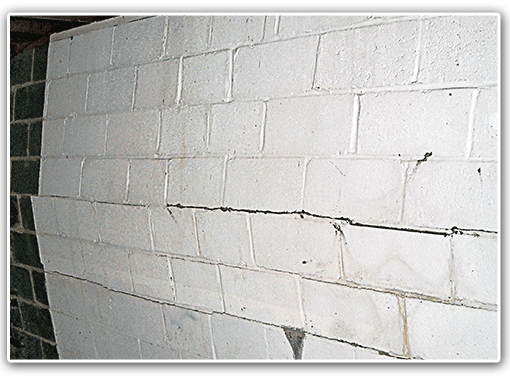
Vapor barriers are very important when it comes to controlling moisture underneath the house. If not present, the natural moisture from the ground can reach the underside of the home’s wooden sub floor causing rotting. Vapor barriers can also control issues with radon gas that comes up naturally from the ground
This is a picture of a crawl space without any vapor barrier. Within the picture you can see there was apparent organic growth on the floor joist and girder beams. Without the vapor barrier, higher levels of moisture was present in the joists that measure 21% moisture the day of inspection.
Blower door test is a powerful, variable-speed fan that temporarily is mounted into the exterior door frame. This provides controllable air flow for analysis. Since the blower door forces air through cracks and holes, the locations of the leaky spots are more easily identified. This is a standard tool used for energy audits.
In this picture there is a horizontal crack in the foundation. Cause could be a settlement defect I recommend advice from structure or soil engineer. Also block shows signs of water entrusion and should consult a licensed professional on sealing to prevent further water entrusion.
rigid foam insulation is not allowed to come in contact with the soil. In other areas, a 6-inch gap between the top of the foundation insulation and any wood framing member is required to permit visual inspection for termites. Foam insulation should also be protected against uv, lawnmower, string trimmer, and other damage.
I read the article “Residential Foundation Insulation” which discusses the different types of foundations and different ways to insulate each type. This article was very interesting because it helped re-enforce some common questions regarding whether a unfinished basement should be insulated and whether exterior or interior insulation is recommended for basement or crawlspace walls. It was worthwhile to confirm that If a basement is unfinished, it does still need foundation insulation. Unless the floor above is insulated. Even if used only for storage and heating and cooling equipment, the basement is thermally connected to the rest of the house and should be insulated. This was a great read and very informative.
A Safe Shed above ground hurricane shelter is built to stand up to Category 5 hurricanes and the devastating tornadoes that often come with them. Here are instructions regarding the concrete pad: must use re bar around the edges (about 3" in from the outside) to reinforce the pad. Allow at least 10 days cure time for the pad before installing shelter in place. Pad 1’ wider and 2’ - 4’ longer than the dimensions of shelter (8’ x 10’ shelter needs a 9’ x 12’-14’ pad; a 6’ x 6’ shelter needs a 7’ x 8’-10’ pad). Pad should not be more than 4" above grade so the truck can easily get up and onto the pad.
A Safe Shed above ground hurricane shelter is built to stand up to Category 5 hurricanes and the devastating tornadoes that often come with them. Here are instructions regarding the concrete pad: must use rebar around the edges (about 3" in from the outside) to reinforce the pad. Allow at least 10 days cure time for the pad before installing shelter in place. Pad 1’ wider and 2’ - 4’ longer than the dimensions of shelter (8’ x 10’ shelter needs a 9’ x 12’-14’ pad; a 6’ x 6’ shelter needs a 7’ x 8’-10’ pad). Pad should not be more than 4" above grade so the truck can easily get up and onto the pad.
It is critical to protect your home from the effects of moisture as much as possible. This image shows insulation being applied to the exterior of a basement wall. This protects the walls from from water infiltration into the foundation assists in temperature regulation inside the basement. Maintaining low moisture levels in the home protect again decay, mold and mildew.
Insulation your foundation reduces heating costs, increases comfort, reduces the potential for condensation and corresponding growth of mold, and increases the livability of below-grade rooms.Basements can be insulated either on the interior or exterior. Interior insulation can use conventional 2x4 framing with batt or wet-spray insulation, rigid foam or extruded polystyrene. Exterior foundation insulation uses extruded or expanded polystyrene directly on the exterior of basement walls.
I studied flood vents to better understand them and to see what some examples looked like. Homes have to be in flood zones and they offset the lateral loads water can place on a foundation during flooding and allow for flowing.
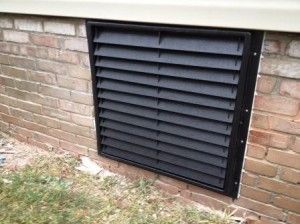
I looked into and studied how foundations can crack based on setllement and backfill. I realized that big stones or rocks should not be used in backfill because it can cause pressure to be applied to the walls which might start bowing.
There is a major structural issue ware the the foundation ware the cinder block has settled and pulled away from the house. Immediately they will need a structural engineer to asses and to evaluate this to come up with a solution. I would not enter this house until this has been fixed.
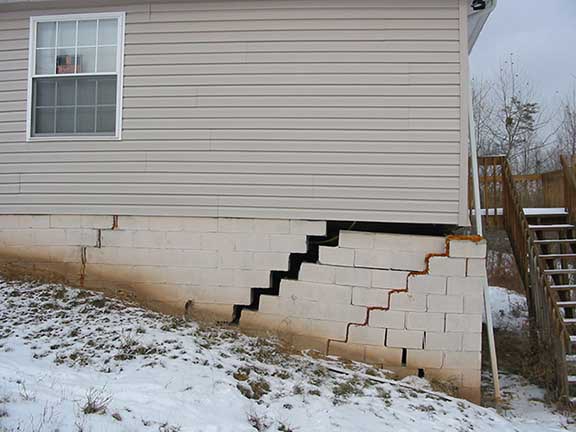
Settling cracks are very common in brick veneer in Southwest Louisiana. Minor cracks in the brick veneer are normally seen by windows and door entryways. However,large cracking in the brick should be written up in your inspection. Large cracks can allow insect and moisture intrusion into the home. Major cracking in the brick veneer can also mean a structural issue with the home.
Concrete for Exterior and Structural Walls; There’s a lot to think about with this article, I think this just comes down to personnel preference and how much can you afford. But living in different regions of the country would definitely benefit you with either concrete or wood. But no mater what you go with the cost of building materials are through the roof right now and a lot of people just could not afford concrete walls.
